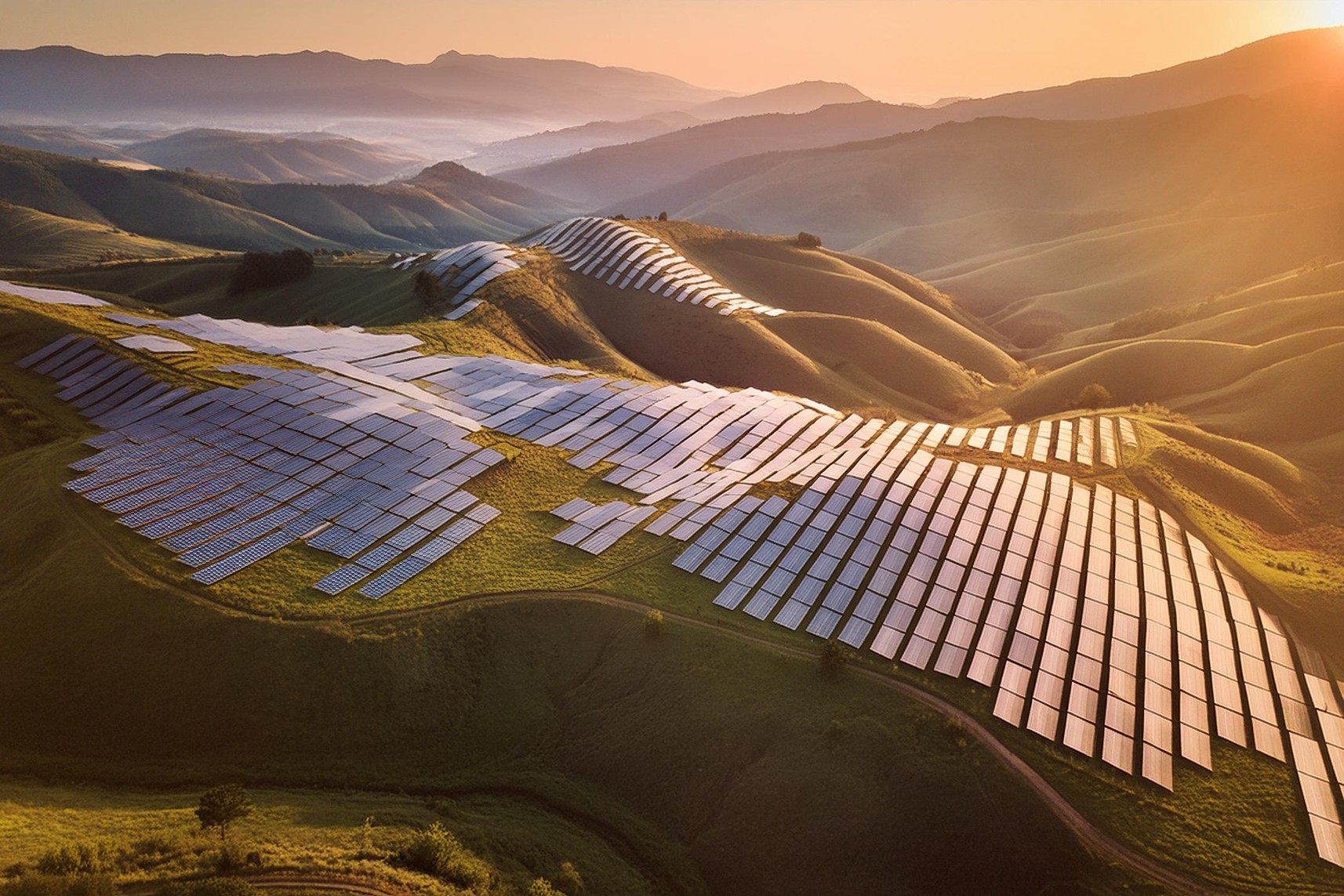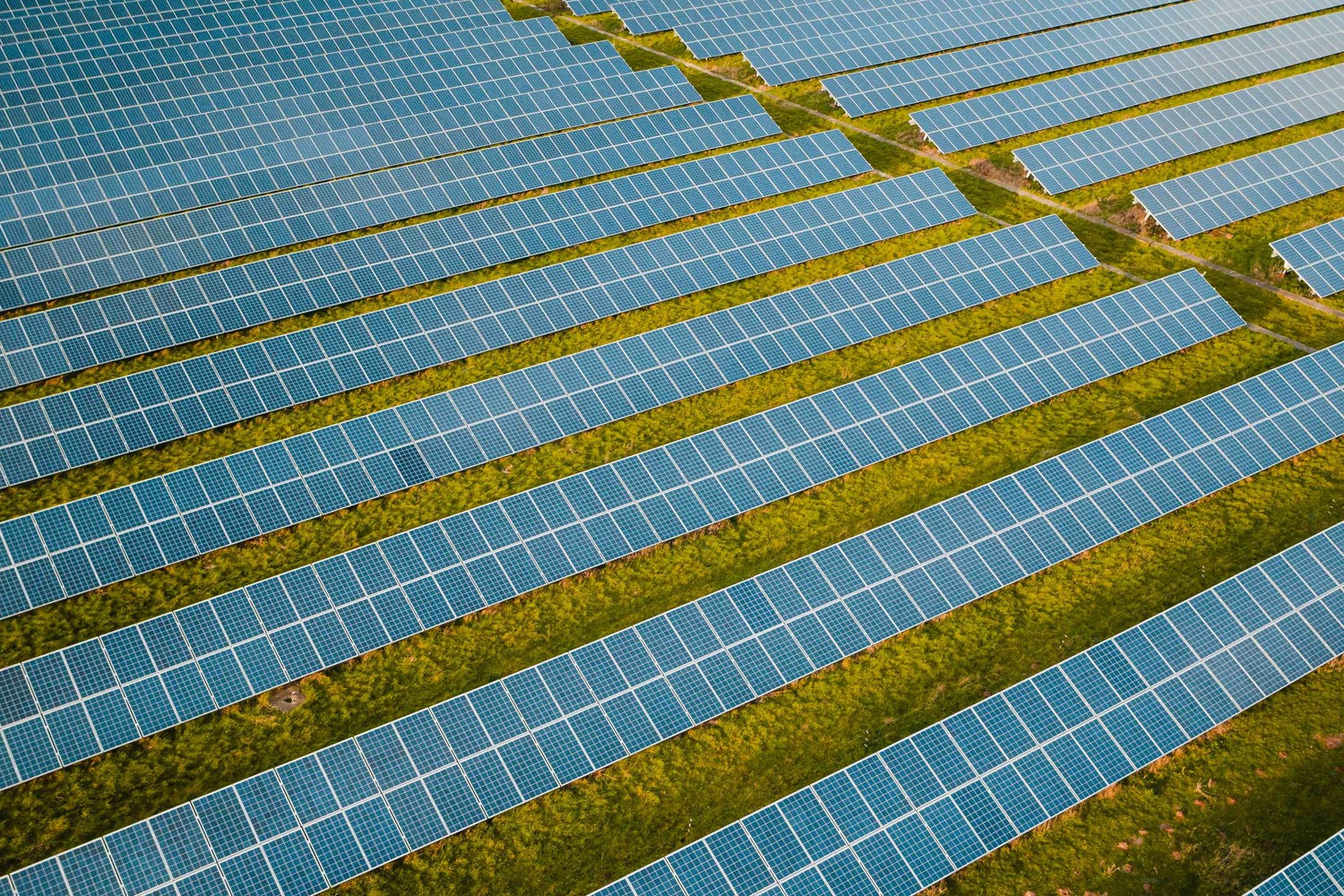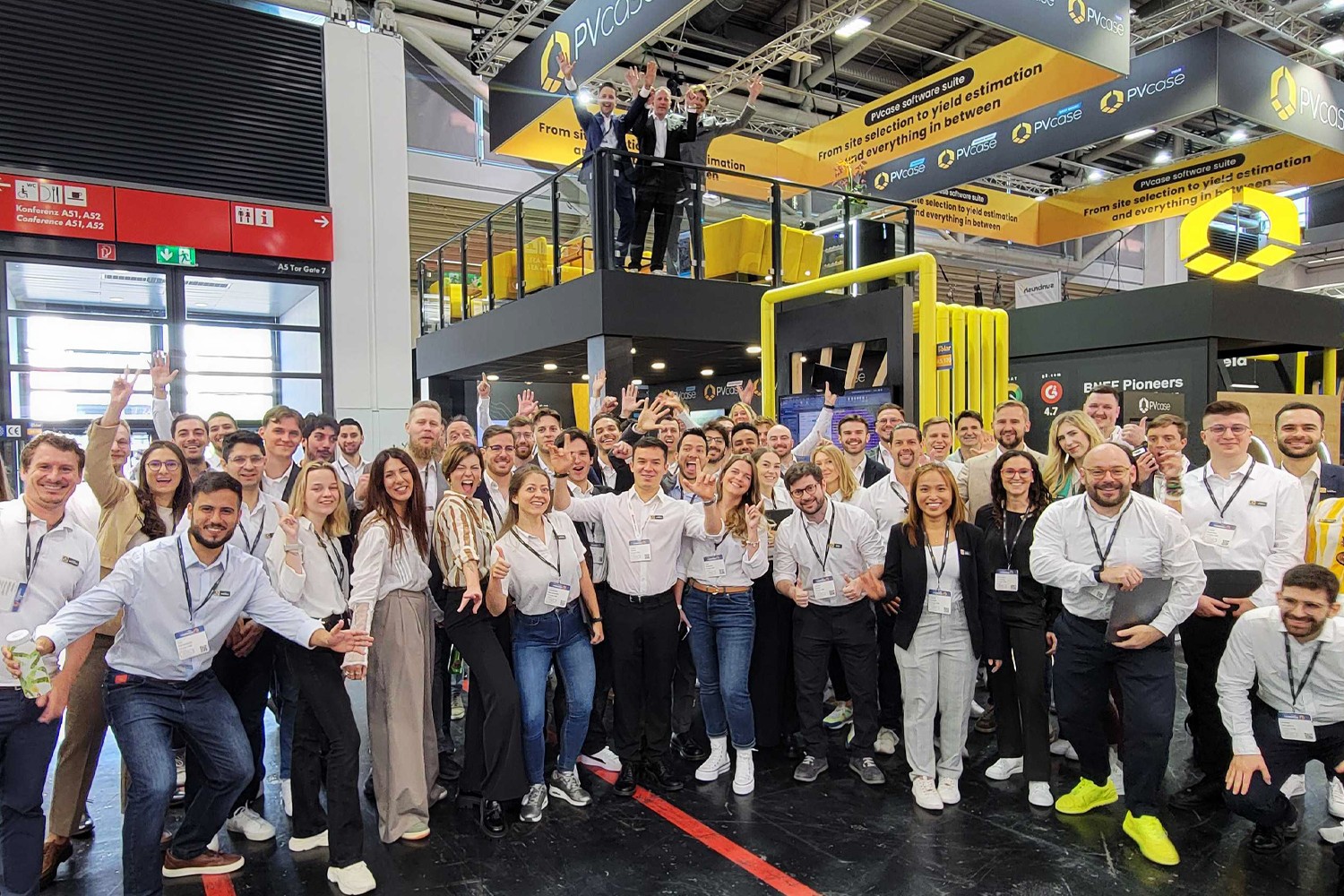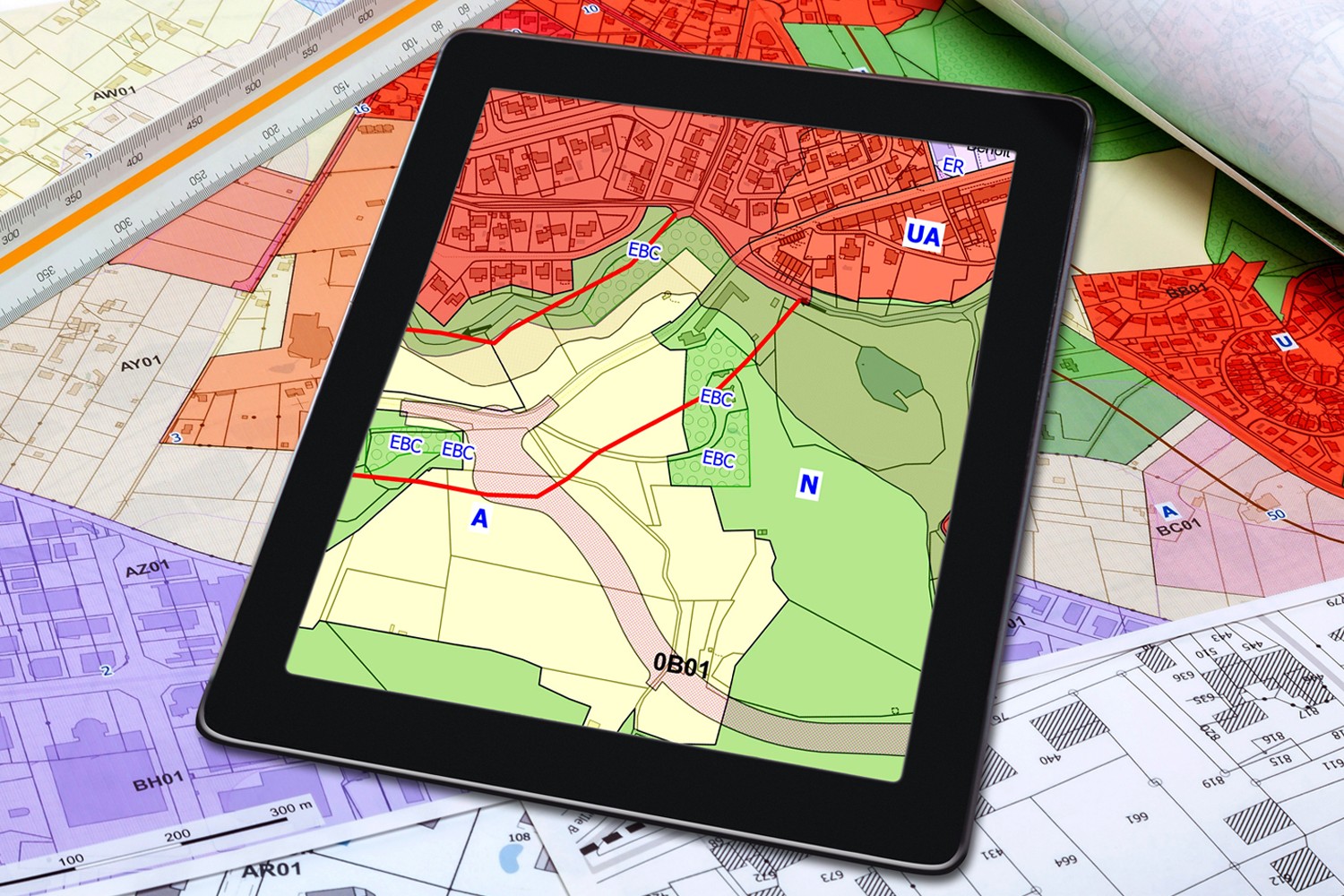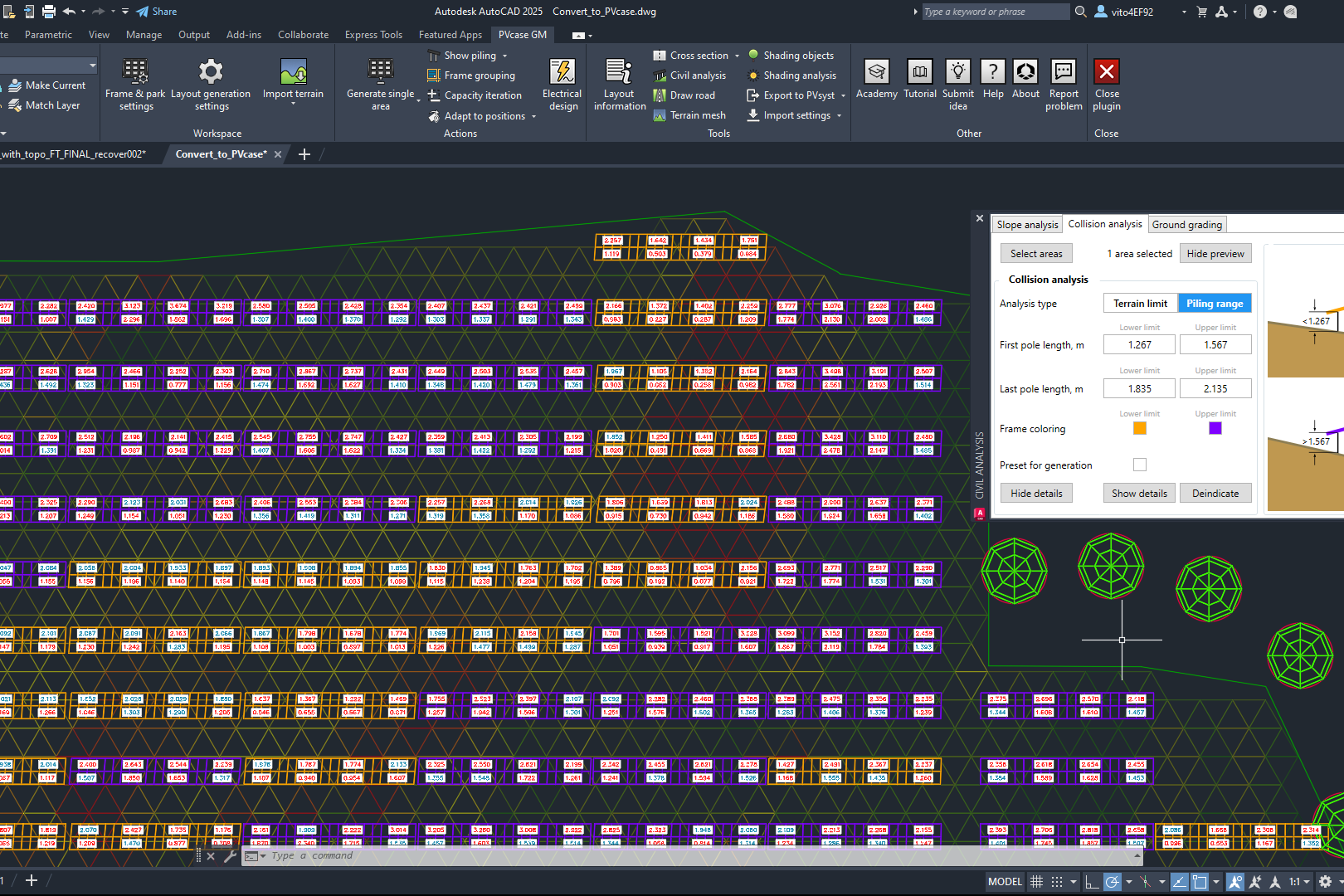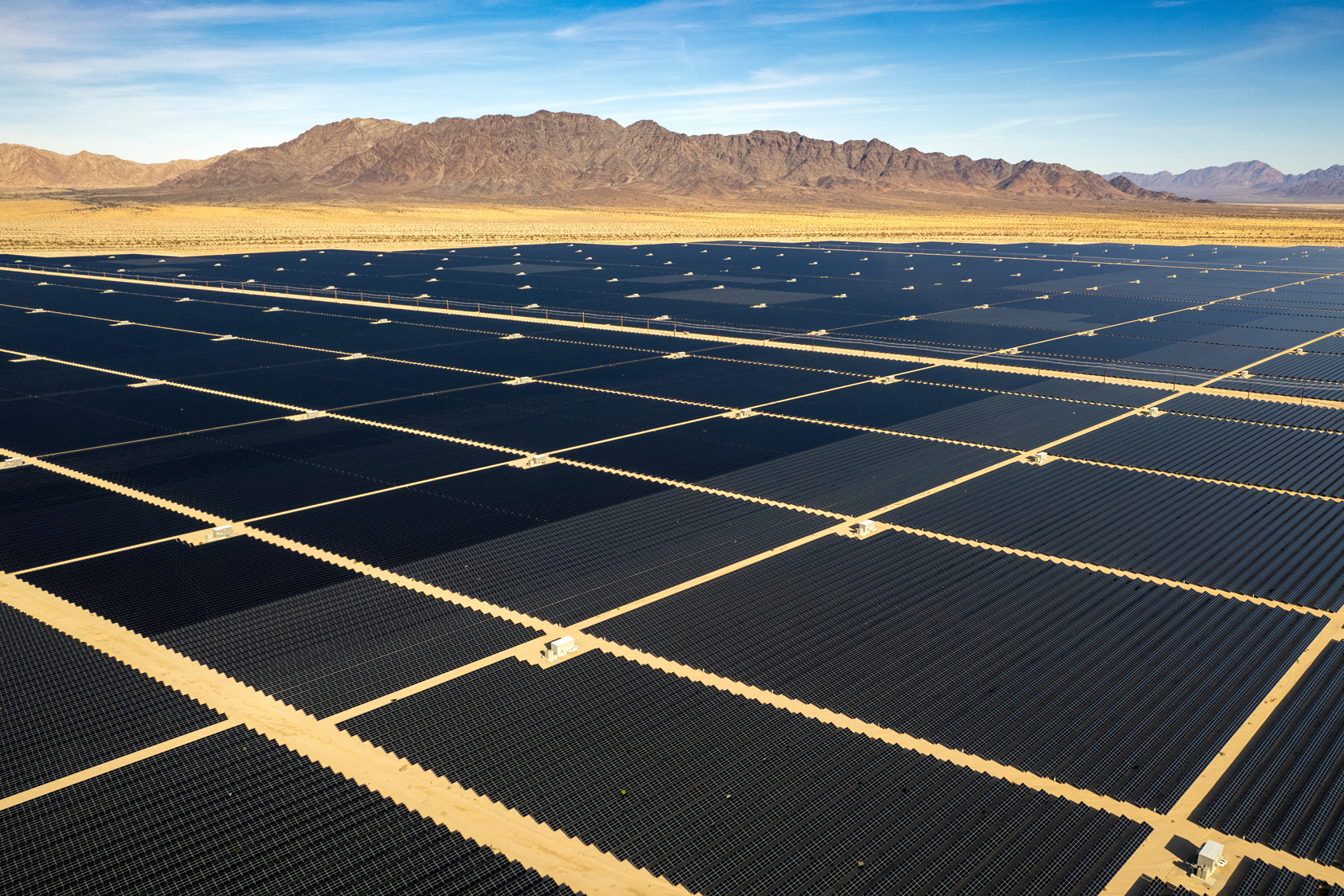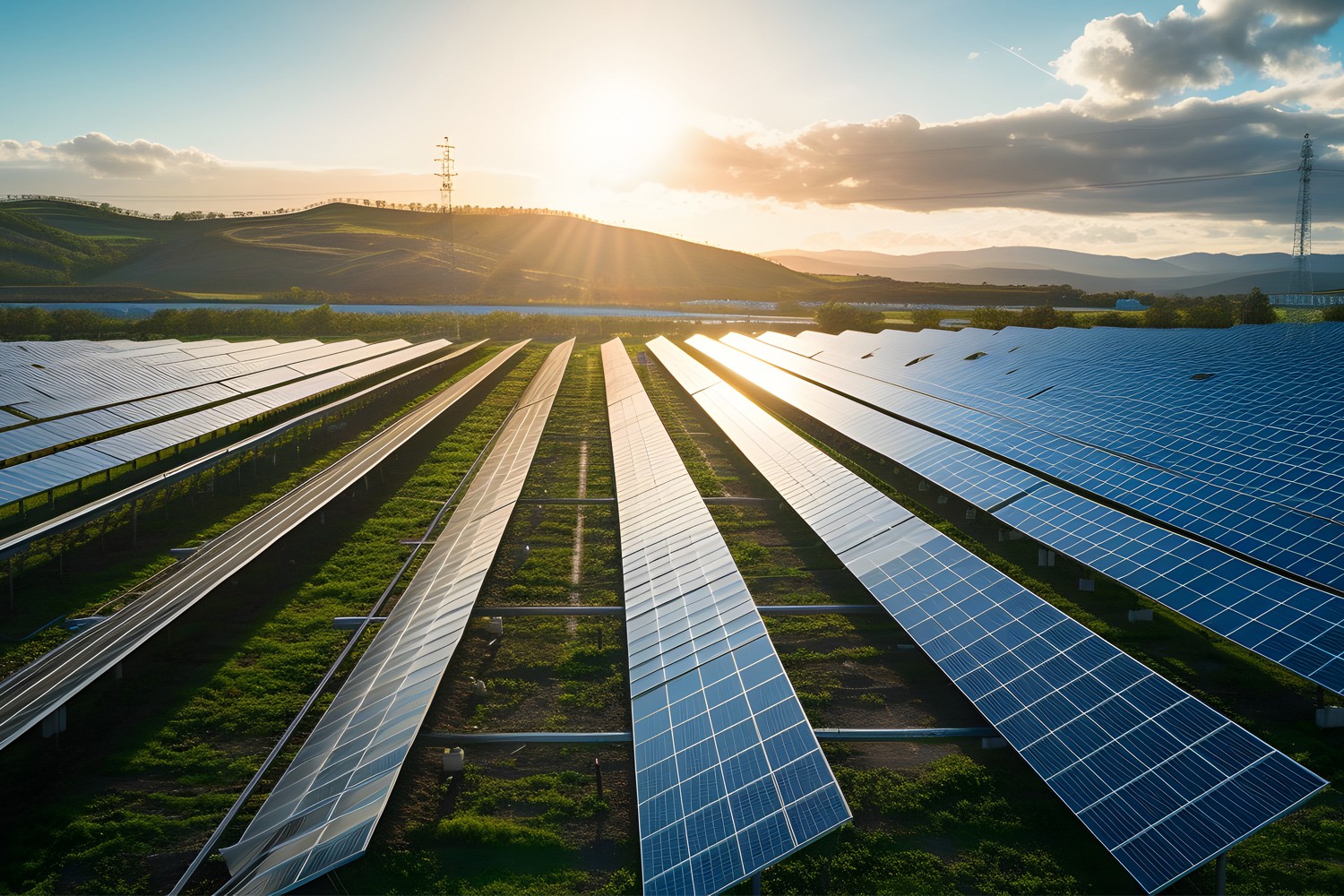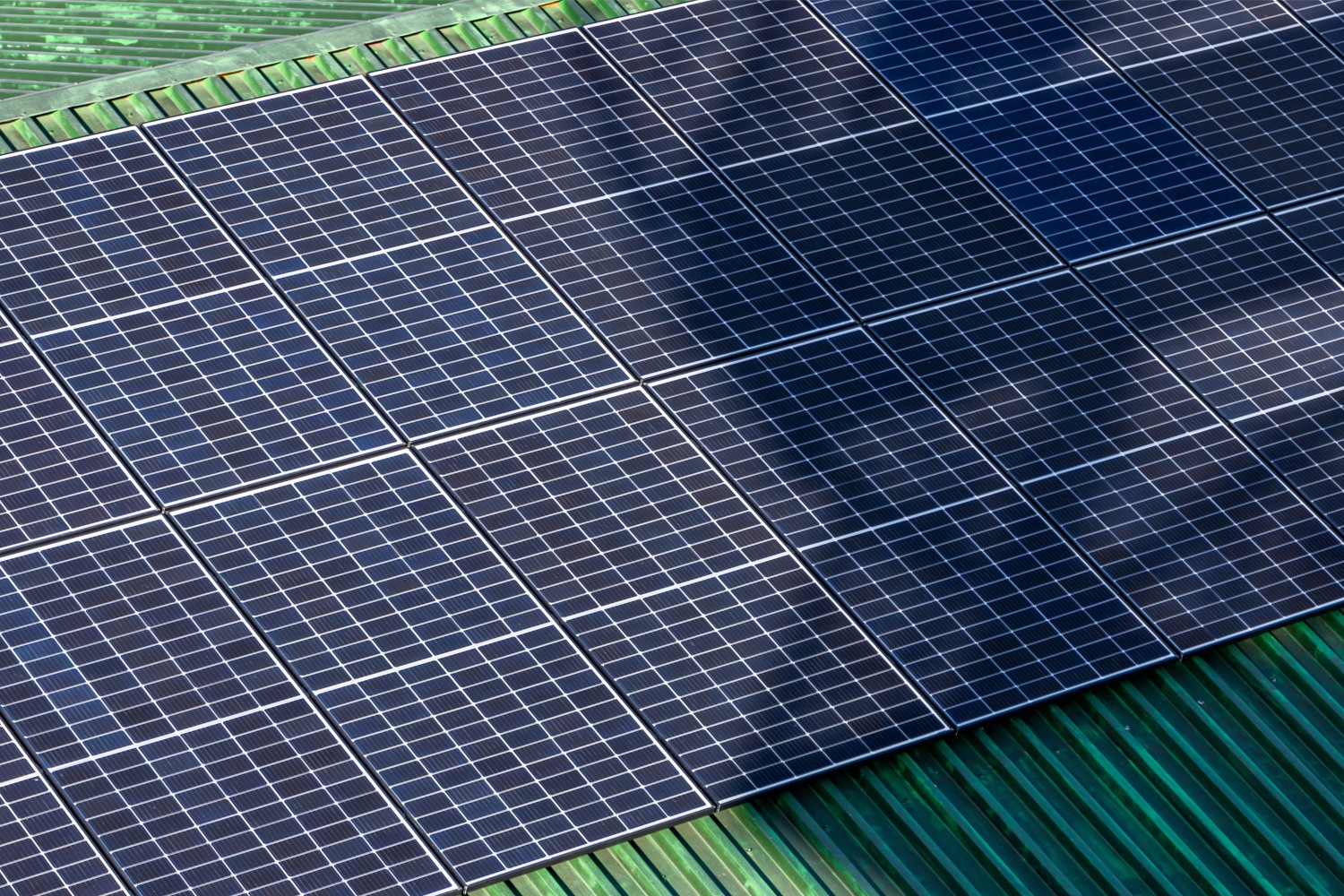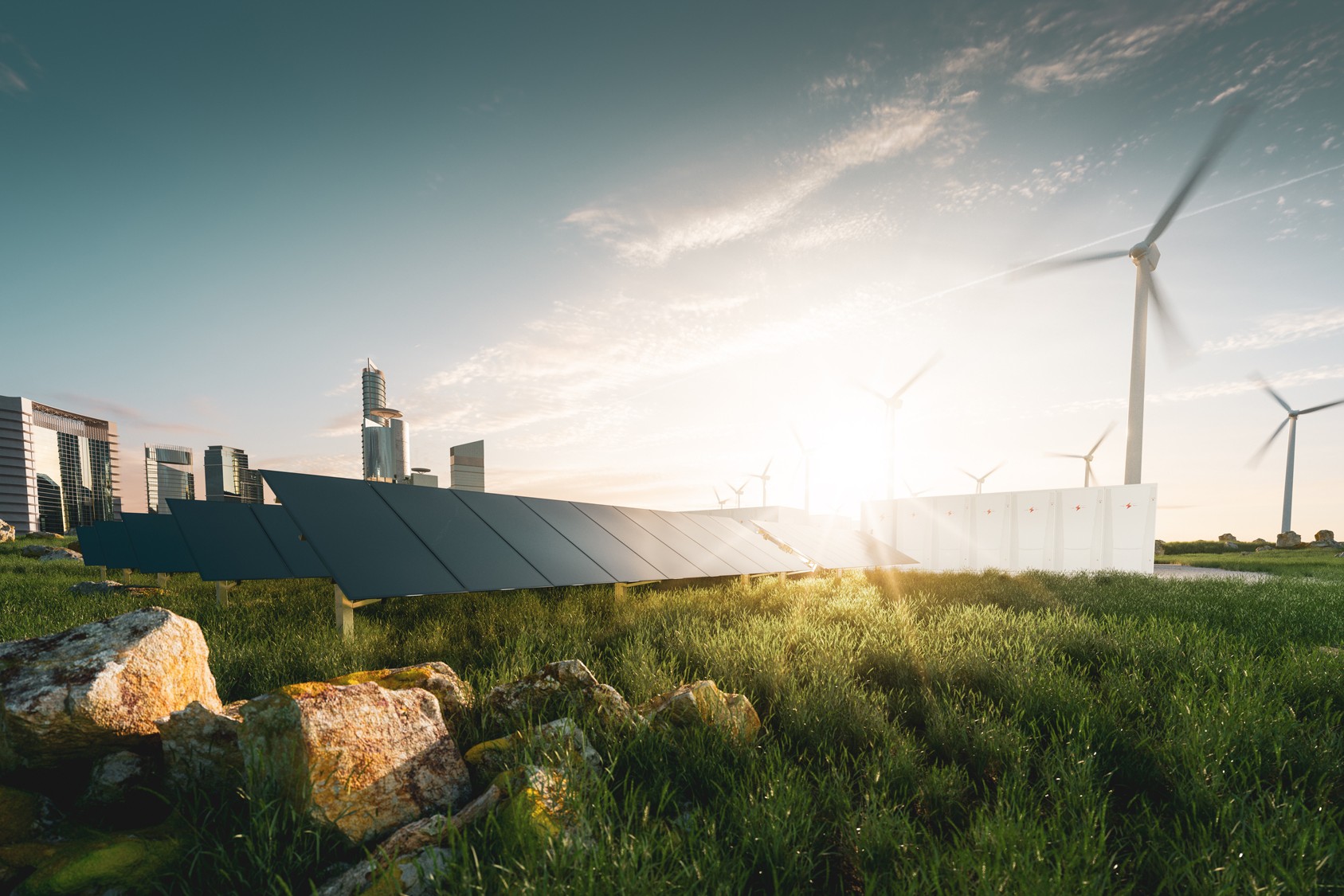Investing in solar energy is a great way to switch to renewable resource consumption. You can take steps to operate a sustainable business in the long run based on the solar panels you choose. However, there are several different types of solar power plants across the country. Each one is designed with specific considerations in mind depending on the geography, location of the panels, and the environment.
Learn more about the different types of solar panels and when they are used. This can help you make more informed choices about your solar investment in the future.
Photovoltaic (PV) solar power plants
Photovoltaic solar power plants convert sunlight directly into electricity. These plants are made up of individual cells that produce one to two watts of power. While one cell might seem insignificant, thousands of cells can produce an impressive amount of power over the course of a day. This is why cells are usually grouped into panels or modules. These panels come in a variety of sizes and can be used by commercial businesses, residential homeowners, and utility companies that create solar farms.
Rooftop solar plants
Roof-mounted solar panels are some of the most commonly found renewable power plants. You can see these panels just by driving around your neighborhood or visiting local businesses and industrial centers.
These panels are installed on either a flat or angled roof in a way that maximizes their exposure to the sun. The placement of these panels keeps them out of the way and makes them usable by almost any organization. Businesses don’t need large campuses to install solar systems. Some companies and homeowners also like these panels because they are less visible and don’t distract from the architecture of the building.
Ground-mounted solar plants
Not every roof can handle solar panels and there are times when an organization might want to produce more solar energy than roof panels can generate. If this is the case, a business or homeowner might opt for ground-mounted panels. These panels are secured to the ground while generating energy for nearby homes or businesses.
These systems are flexible when it comes to the different types of terrain they can be built on. It is possible to install them on hillsides with the right stabilizing materials. Installation teams often prefer sturdy terrain that can support the panels in the long run. Rocky terrain and clay are often preferred to sandy surfaces.
Floating solar plants
This third option is ideal if you live near a body of water. The floating panels rest on platforms that bob on the surface of the water and generate energy throughout the day. These panels can be placed in retention ponds, reservoirs, and other bodies of water.
One of the main challenges with this option is ensuring the panels survive rough water. While they can handle the occasional waves, these panels have yet to survive ocean conditions. The rough seas and potential for major storms could potentially destroy them.
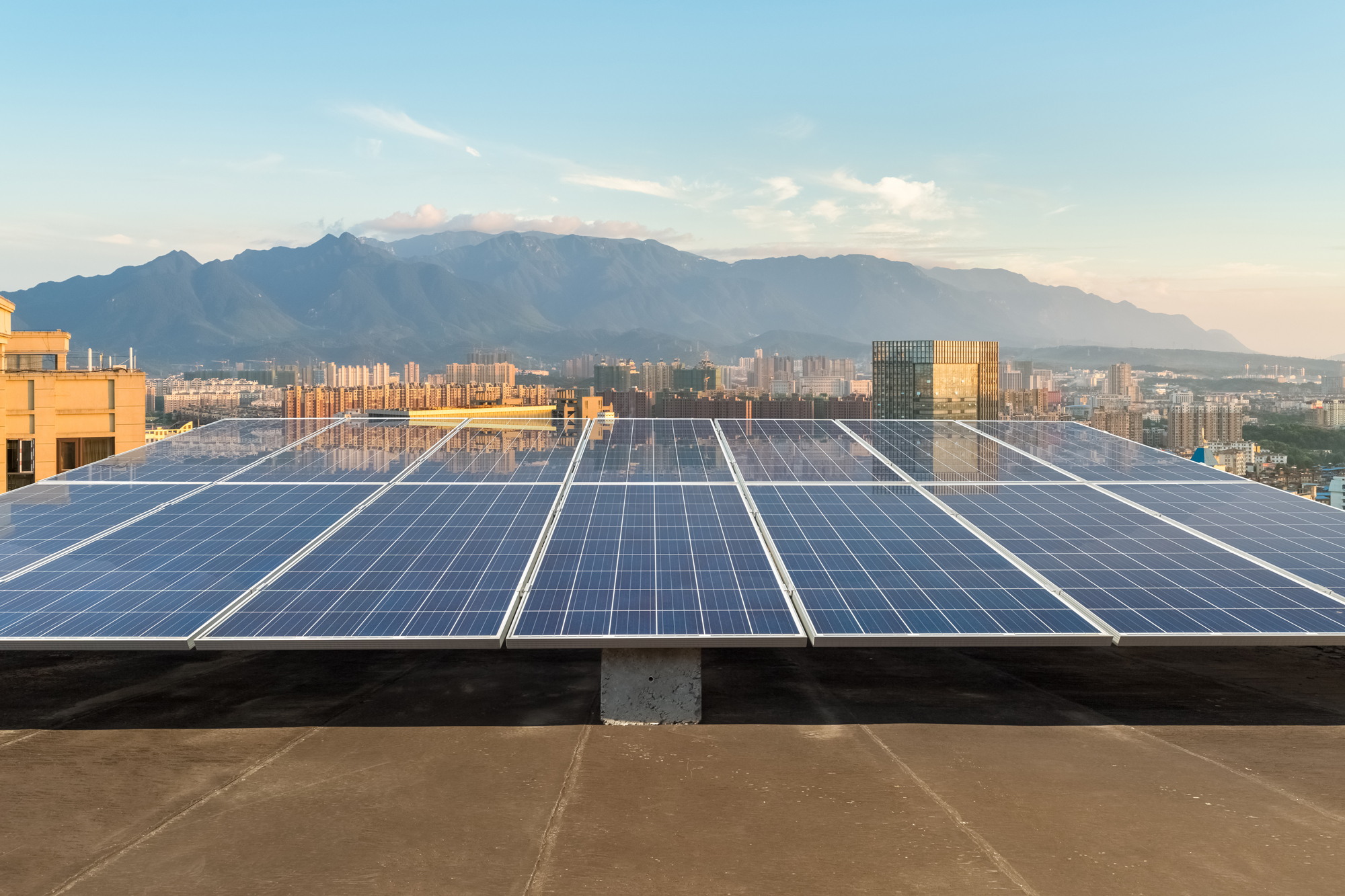
Concentrating solar power (CSP) plants
Concentrating solar power systems attract the sun’s energy to a specific place in order to produce thermal energy that can be stored. When photovoltaic panels are flat and evenly absorb the sun’s energy, these systems use mirrors and angles to bring a larger part of the sun’s energy to one area. Like photovoltaic systems, there are multiple types of concentrating solar power plants available. These are used by a variety of industrial organizations.
A significant benefit of concentrating solar power plants is that the stored thermal energy can be a potential alternative to batteries. This is useful for off-grid solar power and generating electricity in remote areas. Here are a few concentrating solar power systems.
Parabolic trough systems
The main characteristic of the parabolic trough is the curved mirror. The sun’s light travels down the mirror to a receiver tube at the bottom of the trough. From there, a heat transfer fluid absorbs the energy and can reach temperatures higher than 200°C. This heated tube can then pass through hot water to produce steam.
One of the biggest challenges of this system is the curvature of the mirror and its placement to concentrate sunlight. These systems need to be designed so that all the sunlight that hits the system — regardless of where it first touches the panel — ends up at the same place near the receiving tube. Otherwise, the concentrated sunlight is wasted.
Linear fresnel systems
This system uses the power of mirrors to reflect light toward a similar receiver tube as the parabolic trough systems. These systems can use flat or curved mirrors to concentrate the sunlight over the course of the day. Fresnel reflector systems can sometimes get paired with parabolic technology depending on where the sunlight is located.
Once the receiver tube is heated through the condensed sunlight, it can generate steam which can then be used to produce electricity. These systems can also incorporate thermal storage if the energy doesn’t need to be used immediately.
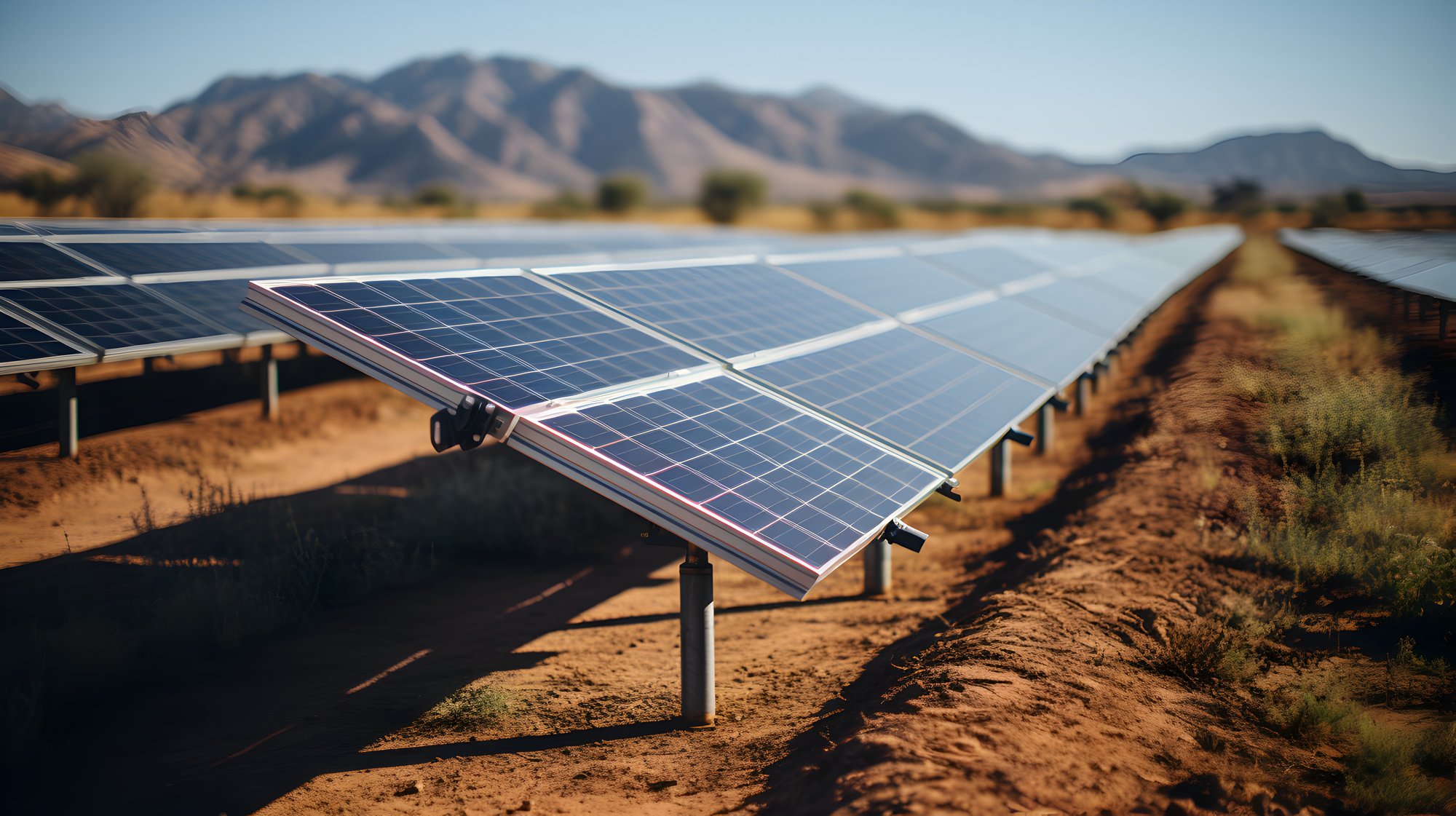
Power tower systems
This is another system that uses mirrors to concentrate energy. A solar field might have hundreds of moveable mirrors known as heliostats that track the sun throughout the day. The mirrors reflect the rays toward a receiver — usually a centrally-mounted tower — which can then transform the heat into energy. This is a concentrated system because the receiver is receiving rays from all of the heliostats at once.
This is a highly efficient system where you can maximize your power yield through the movement of the mirrors throughout the day. Compare this movement to rooftop panels on the east side of a house, which might absorb the sun’s rays in the morning but not as it moves to the west later in the afternoon. With heliostats, the mirrors are always in an optimized position.
Dish stirling system
A dish stirling system uses parabolic mirrors to move sunlight into a central engine to produce electricity. At first glance, you might mistake these systems for satellite dishes, because they use similarly curved models.
A key component of this model is the Stirling engine, which uses the heated fluid from the receiver to move pistons that create mechanical power. This rotates the engine of the generator to produce electricity.
You don’t need to be an expert on the inner workings of photovoltaic or concentrated systems to invest in solar power. However, it helps to fully understand your options so you can make informed decisions that maximize your output.
Dish stirling system
A dish stirling system uses parabolic mirrors to move sunlight into a central engine to produce electricity. At first glance, you might mistake these systems for satellite dishes, because they use similarly curved models.
A key component of this model is the Stirling engine, which uses the heated fluid from the receiver to move pistons that create mechanical power. This rotates the engine of the generator to produce electricity.
You don’t need to be an expert on the inner workings of photovoltaic or concentrated systems to invest in solar power. However, it helps to fully understand your options so you can make informed decisions that maximize your output.
You might also be interested in:
July 19, 2024
Siting of PV power plants. How to adapt solar designs to complex terrains?
Choosing the wrong PV project site lowers energy output, raises costs, and risks legal issues. PVcase offers solutions. Discover them by reading the article.
July 16, 2024
Overcoming technical challenges in renewable energy projects. How PVcase transformed OHLA’s design process
Explore how OHLA overcame renewable energy design challenges with PVcase, streamlining solar park operations and achieving remarkable business growth.
July 3, 2024
Bridging the renewable energy skills gap. A success story of PVcase, Enery, and the University of Applied Sciences Upper Austria
Discover how PVcase, Enery, and the University of Applied Sciences Upper Austria have collaborated to prepare future solar engineers through an innovative educational initiative,…
July 1, 2024
Top 10 questions from Intersolar Europe 2024, answered
Get answers to the top 10 questions asked during Intersolar Europe 2024 that cover PVcase Prospect's availability, integration of PVcase products, and much more. Your question is…
June 19, 2024
Targeted solar marketing for successful landowner outreach — e-book included!
Discover how innovative strategies and Anderson Optimization's GIS Site Selection can boost solar outreach ROI and conversions. Download the ebook for more insights!
June 3, 2024
PVcase is part of the 42-month long SUPERNOVA project
PVcase, together with 19 partners from all over the world, is part of the 42-month SUPERNOVA project, focusing on O&M and grid-friendly solutions for reliable, bankable, and…
May 29, 2024
PVcase tools are now compatible with AutoCAD 2025!
We’re happy to announce that you can now use PVcase Ground Mound and Roof Mount, our flagship CAD-based tools, on AutoCAD 2025, enjoy its multiple functionalities and integrate…
May 20, 2024
PVcase is the finalist of “The smarter E AWARD” in the Photovoltaics category
We’re the finalists of “The Smarter E AWARD”! Read more about the nomination and dive into the PVcase Integrated Product Suite offering that innovates the industry.
May 14, 2024
Making great designs on good sites—the importance of topo data for PV design
Topo data is the first step in determining the success of your solar project. While the terrain is crucial in this regard, developers should also consider grid connectivity and…
April 29, 2024
How policy can shape future solar energy expansion
Policymakers and regulatory organizations must actively support solar power's growth and renewable energy advancement. Read the article to learn how.
April 25, 2024
Shading Analysis: advanced feature for C&I roof-mount solar projects is live
Shading Analysis is live! Read the article to learn about benefits, capabilities of the tool, and how it can help users and decision-makers.
April 9, 2024
PVcase wins the BNEF Pioneer Award 2024 for innovative solar design solutions
We won the prestigious 2024 BNEF Pioneers Award! Find out how our software contributes to relieving bottlenecks in the deployment of clean power.
March 29, 2024
Sustainable cities: what urban living of the future might look like
From clean energy to green bonds and renewable energy stocks, there are many ways you can invest your money in a sustainable future. Find them out by reading the article.
March 22, 2024
8 ways to invest your money in a sustainable future
From clean energy to green bonds and renewable energy stocks, there are many ways you can invest your money in a sustainable future. Find them out by reading the article.
March 21, 2024
8 business opportunities in renewable energy
There are many potentially lucrative business opportunities in renewable energy. Learn how you can use these opportunities to make money while contributing to the green…



